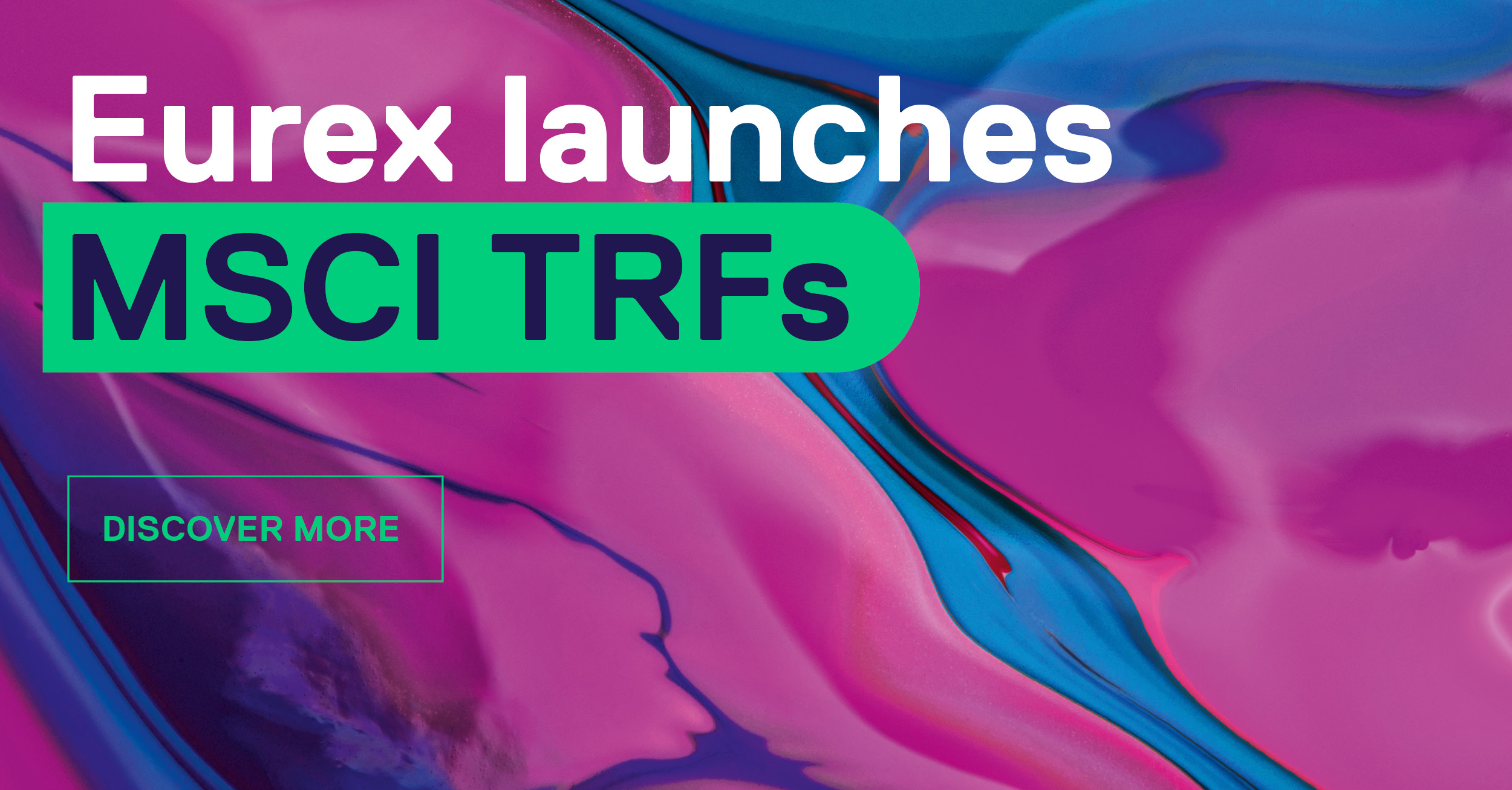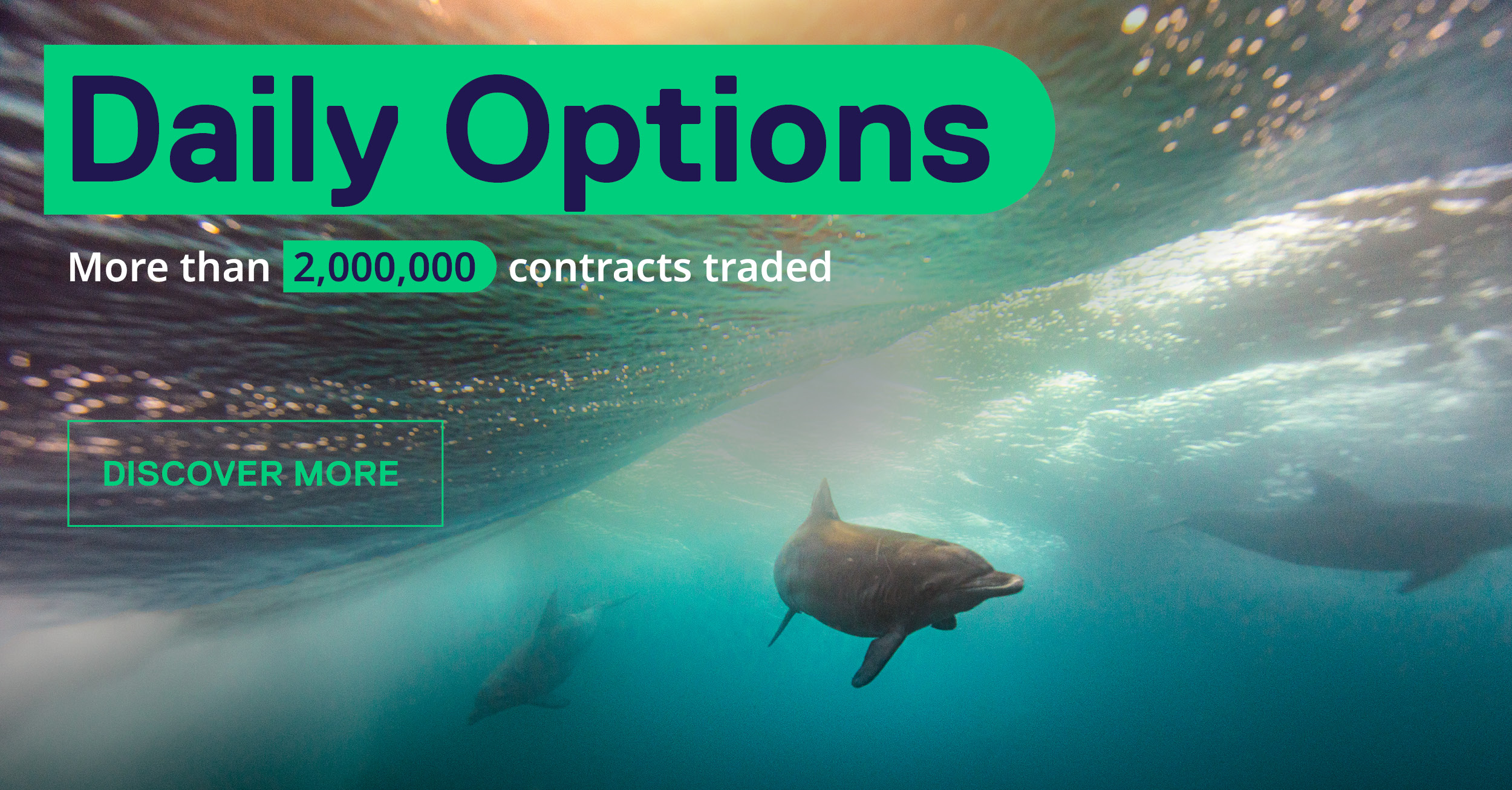The Excessive System Usage Fee (ESU) concept is designed to protect the T7 trading system from excessive system usage. With the introduced amendments to the T7 trading system architecture in the last two years, Eurex Exchange achieved a reduction in the median latency, but more important, the variance of the latency dropped dramatically, leading to more deterministic and resilient system behaviour.
It is in the interest of all of its market participants, that Eurex Exchange is therefore taking further steps to solidify these achievements and disincentive behaviour that may be detrimental for market and system structure at a cost of excessive system usage.
Thus, Eurex Exchange will enhance the ESU concept with a new, third limit type, which will count against all transactions which do not lead to a market data update and against all order modifications which result in an order deletion without a trade.
A testing phase for the ESU concept including the third limit type will start on 1 March 2019. On 1 April 2019, the ESU fee including the new limit type will be effective. This circular provides a brief description of the new ESU limit type and further relevant information.
Furthermore, some other minor amendments to the Price Lists to the Connection Agreement and to the Provider Connection Agreement and to the GTC to the Connection Agreement of Eurex Frankfurt AG will be effective as of 1 April 2019.


